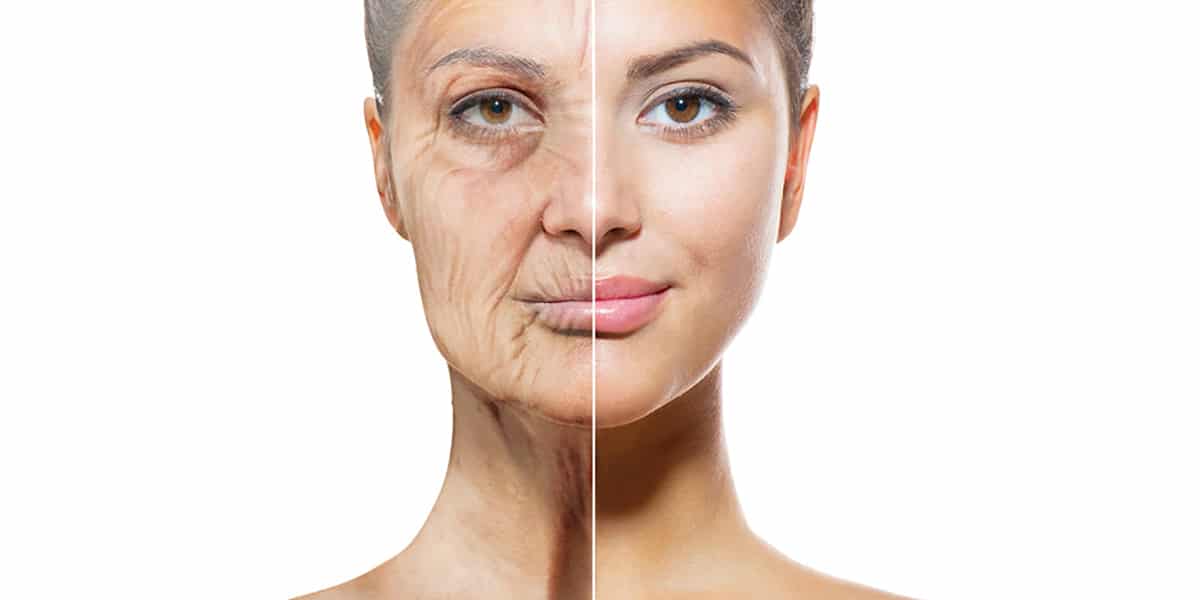Skin ageing is caused by both exogenous and hereditary factors. Diagnosis of skin aging predisposition addresses all factors and helps us to have a targeted treatment or protection to keep the skin glowing.
Skin ageing has been divided into several categories and is caused by the following factors.
PHOTOAGING
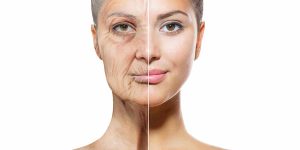
Photoaging refers to the aging of the skin due to exposure to ultraviolet (UV) radiation throughout a person’s lifetime. Although photoaging can be influenced by exogenous (environmental) factors such as smoking, all skin exposed to UV radiation is susceptible to photoaging. Different skin types respond differently to tanning, affecting the likelihood of sun spots or freckles. Other factors, such as vitamins and diet, can also affect collagen production and the ability of skin cells to rebuild the damage caused by exposure to UV radiation and can also affect the degree and type of photoaging that may occur. The best defence against photo-ageing is to understand the individual risk factors such as genetic factors, proper diet and limiting exposure to UV radiation.
Wrinkles/ Collagen breakdown
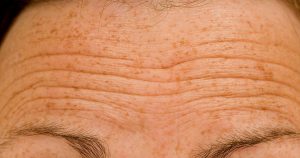
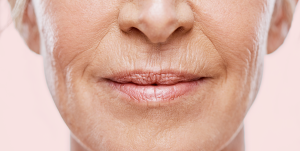
Wrinkles are signs that indicate skin ageing and are caused by either intrinsic (e.g. genetics, hormonal status and skin tone) or extrinsic factors (e.g. the passage of time, gravity, chronic exposure to UV radiation, alcohol abuse and smoking). These factors can damage skin cells by promoting the breakdown of supporting structures such as collagen, a substance important for skin regeneration.
Regarding the genetic background of wrinkle appearance, genetic variants in the MMP1 and STXBP5L genes have been associated with the presence of pronounced wrinkles.
Tanning response
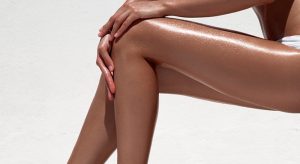
Tanning is essentially the production of melanin by the skin in response to ultraviolet radiation that results in skin pigmentation. The response to tanning varies between individuals and can have both positive and negative effects on skin health.
Multiple genes, such as MC1R, SLC45A2, SLC24A5 and TYR are associated with an inneficient response to tanning. Genetic variants in the MC1R gene have the greatest effect on the response to tanning, more specifically individuals carrying these variants tend to have lighter skin.
Spots from the sun
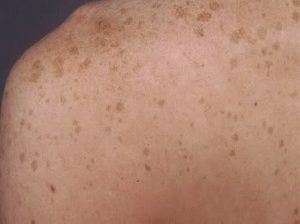
Sun spots, or sun freckles, are pigmented in size ranging from a few millimetres to centimetres in diameter and can appear to be in colours ranging from pale yellow to brown.
These spots are caused by local growth of skin cells that produce melanin in response to ultraviolet radiation. Sunspots are signs of skin damage and aging and are sometimes associated with melanoma. Genetic variants in the MC1R and IRF4 genes have been associated with an increased risk of sun spots.
FRECKLES
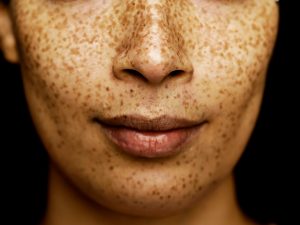
Freckles are harmless hyperpigmented spots with distinct borders that most commonly appear on the face, neck, chest and hands. Freckles are the result of increased production of the pigment melanin in the skin.
They are associated with lighter skin, reduced response to tanning and a greater likelihood of sunburn and sun spots. It is also associated with the likelihood of developing malignant melanoma and non-melanoma skin cancers.
There is a strong association of freckles with variants in the IRF4 and MC1R genes.
CELLULITE
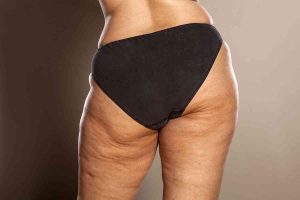
Cellulite , also known as orange skin appearance, refers to the uneven surface of the skin due to fibrous tissue and fat that accumulates under the upper layers of the skin.
Genetic predisposition, hormonal imbalances, gender, ethnicity, age and weight fluctuations all contribute to the risk of cellulite.
Genetically, the development of cellulite has been associated with variants in the ACE and HIF1A genes.
STRETCH MARKS
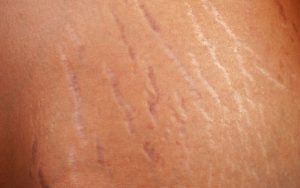
Stretch marks, known as striae distensae, initially appear as red or purple lines on the skin, and later develop a white or silvery color.
Mechanical stretching of the skin due to sudden weight gain or loss, pregnancy and hormonal changes can cause these marks.
Mutations in the ELN, SRPX, HMCN1 and TMEM18 genes have been associated with the development of stretch marks.
VARICOSE VEINS
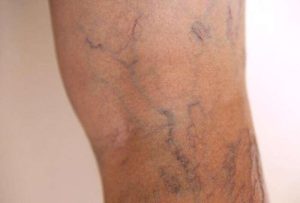
Varicose veins are dark purple and blue veins under the skin on the back of the legs and usually appear entwined and swollen like cords.
Varicose veins affect 1/3 of the population worldwide. Varicose veins can cause pain, itching or more serious conditions such as venous ulceration and venous thrombosis.
Usually varicose veins are genetically inherited. Genetic variants of the MTHFR gene have been associated with an increased risk of developing varicose veins.
Contact dermatitis
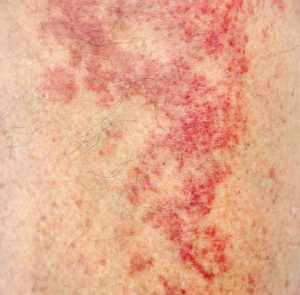
Contact dermatitis is the most common skin disease directly related to work, leading to occupational disability and reduced quality of life.
There are 2 main types of dermatitis : allergic and irritant.
A high proportion of people who contracted dermatitis are people who work in the health, skin care and beauty industry, the food industry and the metal industry.
Specific variants of the filaggrin gene (FLG) lead to the reduction or loss of filaggrin protein, resulting in increased susceptibility to chronic dermatitis and sensitisation to contact with metals such as nickel.
Filagreen is important in maintaining the structure of the outer layer of skin known as the epidermis and is involved in inflammatory reactions.
Skin moisture factors and dry skin
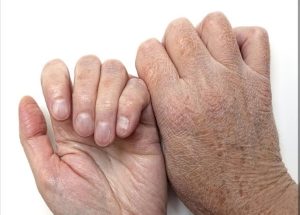
When skin cells are not properly hydrated , dry skin can experience a decrease in skin elasticity and the formation of wrinkles, stretch marks or peeling.
Dry skin is a condition that manifests as a rough surface and itchy skin (sometimes painful) with flaking and microcracks, ands occurs at all ages.
The more severe forms of dry skin can be inherited and usually occur by childhood.
Some variants of the FLG gene lead to a reduction or loss of the filaggrin protein. Filagreen is important in the maintenance and structure of the outer skin, also known as the epidermis. Some filaggrin (FLG) mutations are found in people with skin inflammatory disorders, including atopic dermatitis and contact dermatitis.
Antioxidant Response
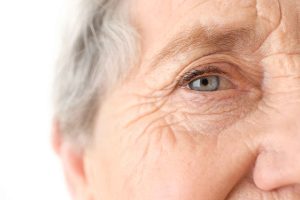
The antioxidant response is a natural ability of our body to detoxify and neutralise harmful factors such as ultraviolet (UV) rays, environmental pollutants and toxins produced by the body. Oxidative stress occurs when the antioxidant response is weakened, and is a major factor in skin ageing. Oxidative stress leads to breakdown of the skin’s collagen that provides structural support to the skin, alters the cycle of cellular regeneration and causes DNA damage that causes inflammation in the skin.
Genetic variants encoding antioxidant enzymes including SOD2, GPX1, CAT and NQ01, which have been associated with an increased risk of oxidative stress-induced skin ageing or reduced antioxidant response
Glycosylation protection
Glycosylation is a process in which sugar molecules are chemically bound to proteins (e.g. elastin and collagen), lipids and nucleic acids in skin cells. These glycosylation derivatives are known as advanced glycosylation products and are involved in accelerated skin aging and inflammation leading to sagging, cracked and thinned skin.
These products accumulate as we age and become more harmful when combined with exposure to UV radiation.
Genetic variants in the AGER and GLO1 genes are associated with increased levels of advanced glycosylation products in both healthy and diabetic individuals.
Lack of B2

Vitamin B2 (riboflavin) is very important for the metabolism of carbohydrates, fat and protein. Vitamin B2 deficiency can lead to skin conditions such as inflammation at the junction of the lips and seborrheic dermatitis.
Low levels of vitamin B2 have been associated with increased levels of homocysteine, which can then affect skin ageing by reducing skin collagen, fibrin and elastin, as well as causing injury to the blood vessels in the skin.
A genetic variant in the MTHFR gene has been associated with individuals who tend to have elevated homocysteine levels and are more sensitive to changes in vitamin B2 levels.
Folic acid deficiency
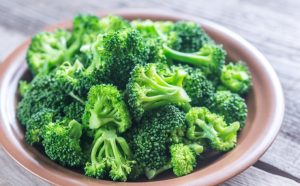
Folic acid deficiency can increase the risk of skin conditions, including psoriasis, deep vein thrombosis, oral atrophy and aged skin.
Increased homocysteine level is an indicator of folic acid deficiency, directly correlated with skin aging due to the reduction of collagen, fibrillin and elastin.
Dietary and genetic factors can affect the levels of folic acid in the body.
Genetic variants in the MTHFR gene are associated with individuals who have low plasma folate levels. In addition, these variants have also been associated with varicose veins.
